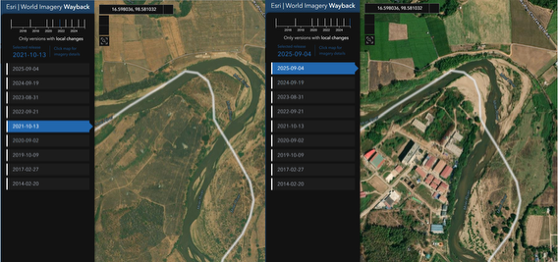One thing we often hear from fraud fighters is that battling criminals is not their only job. When it comes to technology, there are many factors that must be considered in their day-to-day role, such as the operational costs to manage a system and respond to alerts and how changes to the current environment will impact the customer experience.
Let’s be honest. If a bank wanted to stop every fraud case that crossed their path, they could. It would probably cost them more to hire analysts to investigate the mountain of alerts that would be generated than the amount of fraud they would be stopping. But more likely, they would probably not do any business because the amount of friction created by a ‘zero fraud tolerance’ approach would have customers running to the bank down the street.
Fraud prevention is not a set and forget exercise. It requires continuous fine-tuning of risk models and rules to achieve optimal results. Fraud leaders are faced with business challenges every day where they must make critical decisions to avoid high friction, high false positives, and operational chaos when deploying new rules. But what if there was a way to simulate the results of changes to anticipate the potential impact to operations prior to deploying a rule into production?
This is where the BioCatch Rule Simulator comes in. Rule Simulator provides a simulation functionality within the BioCatch Rule Manager, allowing fraud analysts to conduct a preemptive analysis of what to expect when changes are made within the online environment and make informed decisions about their fraud detection strategies.
How it works
The Rule Simulator operates through a seamless interaction between the Rule Manager application and the Simulator API and offers a comprehensive view of the potential performance of a rule through its simulation results page. This output includes:
• Fraud captured by the rule logic: Users can ascertain the number and percentage of fraudulent sessions or activities that the rule would have detected from the fraud sample. This insight is invaluable for understanding the rule's efficacy in identifying fraudulent behavior.
• Estimated alert rate: The percentage of sessions or activities from the population sample that would trigger alerts based on the rule. This metric helps gauge the rule's impact on genuine users, balancing security measures with user experience.
• Fraud ratio: This ratio delineates the proportion of sessions caught by the rule from the genuine population compared to the fraud sample. A higher ratio signifies a more precise rule, effectively distinguishing between legitimate and fraudulent activities.
• Estimated daily alert count: Fraud analysts can forecast the daily volume of alerted sessions or activities based on the population sample, providing a glimpse into the operational implications of deploying the rule in a real-world scenario.
The Rule Simulator capability allows financial institutions to effectively balance fraud protection and operational efficiency. Positive outcomes include:
• Proactive decision-making: With the ability to simulate rules before deployment, businesses can proactively identify and rectify any potential shortcomings. This proactive approach minimizes the risk of false positives and ensures optimal resource allocation.
• Cost optimization: By fine-tuning rule parameters to maximize fraud detection while minimizing false alerts, fraud analysts can streamline their efforts which translates to significant cost savings by reducing manual review efforts and minimizing the impact on genuine users.
• Continuous improvement: The Rule Simulator facilitates iterative refinement of fraud detection rules. By analyzing simulation results and adjusting rule parameters based on real-world performance, fraud analysts can be better prepared to adapt to emerging threats and know what to expect.
Fraud teams must often act in real-time, making decisions on the fly and worrying about the implications later. In the relentless battle against fraud, Rule Simulator emerges as a strategic ally for fraud analysts to feel more confident in their decision to implement changes, better prepare for the impact, and avoid operational chaos.



